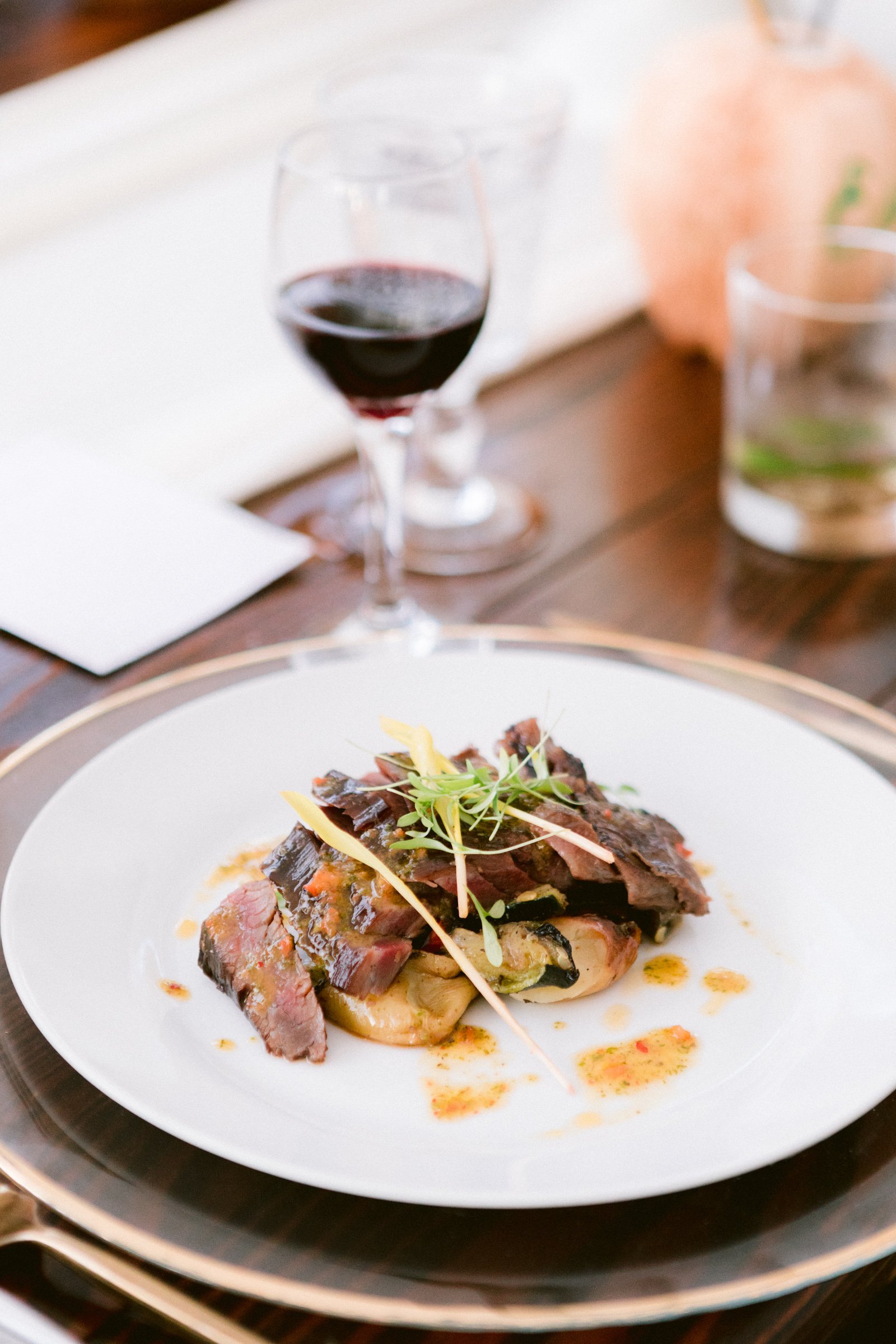Food Service Style: Plated vs. Buffet
Considering either a plated meal or buffet for your dinner service? Keep reading below to get some insight on each service type!
1. Service Style: The first major difference lies in the service style. A plated meal refers to a sit-down style service, where each guest is served individually at their table. The food is pre-plated in the kitchen, and the servers bring the plates to the tables. On the other hand, a buffet meal involves setting up various food stations where guests can serve themselves and choose from a wide array of dishes.
2. Presentation: Plated meals offer a more formal and elegant presentation. Each plate is carefully arranged with precision and attention to detail. The visual presentation of the dish is an important aspect, as it contributes to the overall dining experience. On the contrary, buffets offer a more casual presentation, with a focus on variety and abundance. Guests have the freedom to choose their own portions and mix and match different dishes.
3. Customization: Plated meals provide limited options as the menu is predetermined and guests usually have to select their meal in advance. This allows the caterer to carefully plan the quantity and ensures that each plate is consistent. On the other hand, a buffet offers a greater variety and customization options. Guests can choose from a wider range of dishes, accommodating different dietary preferences and restrictions.
4. Efficiency: Buffet meals are typically more efficient for large gatherings, as guests can help themselves simultaneously. It reduces waiting time and allows for a smoother flow of service. Plated meals, although elegant, might take longer to serve each guest individually, especially if there's a large number of attendees.
5. Cost: Buffet meals can sometimes be a more cost-effective option, as they require fewer serving staff compared to plated meals. With plated meals, additional servers are needed to bring out each course, clear the plates, and attend to individual guest needs. Buffets also provide flexibility in terms of quantity, as more dishes can be added or removed based on budget constraints.
6. Guest Experience: Plated meals offer a structured dining experience, with guests being able to sit back and enjoy the attentive service. The pace of the meal is controlled by the caterers, ensuring a more relaxed atmosphere. Buffets, on the other hand, promote mingling and a more interactive experience among guests. They encourage socializing and allow guests to interact while choosing their food.
Ultimately, the choice between a plated meal and a buffet depends on the desired ambiance, budget, and personal preferences of the couple getting married. Each option has its own unique advantages, and it's important to discuss with the caterer to determine which style best suits your vision for the wedding reception.





